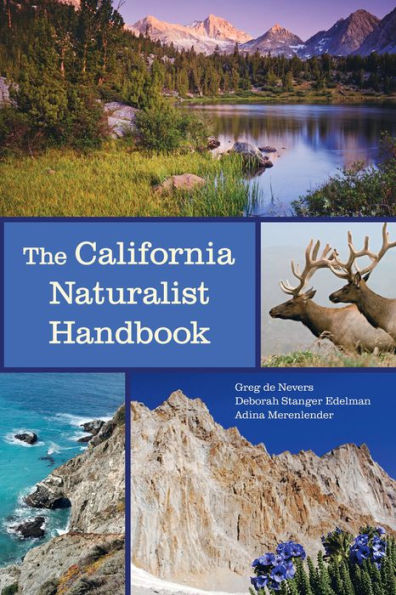5
1

The California Naturalist Handbook
280
The California Naturalist Handbook
280Paperback(First Edition)
$31.45
$34.95
Save 10%
Current price is $31.45, Original price is $34.95. You Save 10%.
31.45
In Stock

Product Details
| ISBN-13: | 9780520274808 |
|---|---|
| Publisher: | University of California Press |
| Publication date: | 02/15/2013 |
| Edition description: | First Edition |
| Pages: | 280 |
| Sales rank: | 111,450 |
| Product dimensions: | 6.10(w) x 8.90(h) x 0.70(d) |
About the Author
From the B&N Reads Blog
